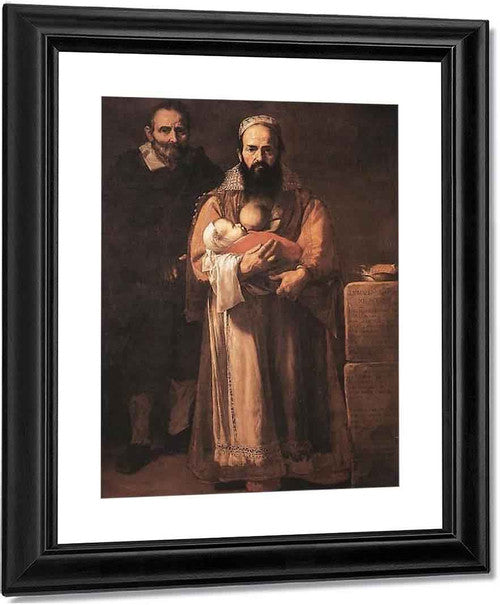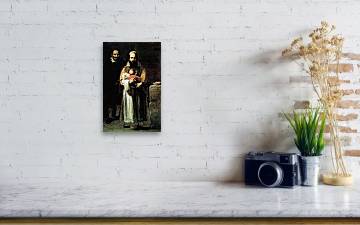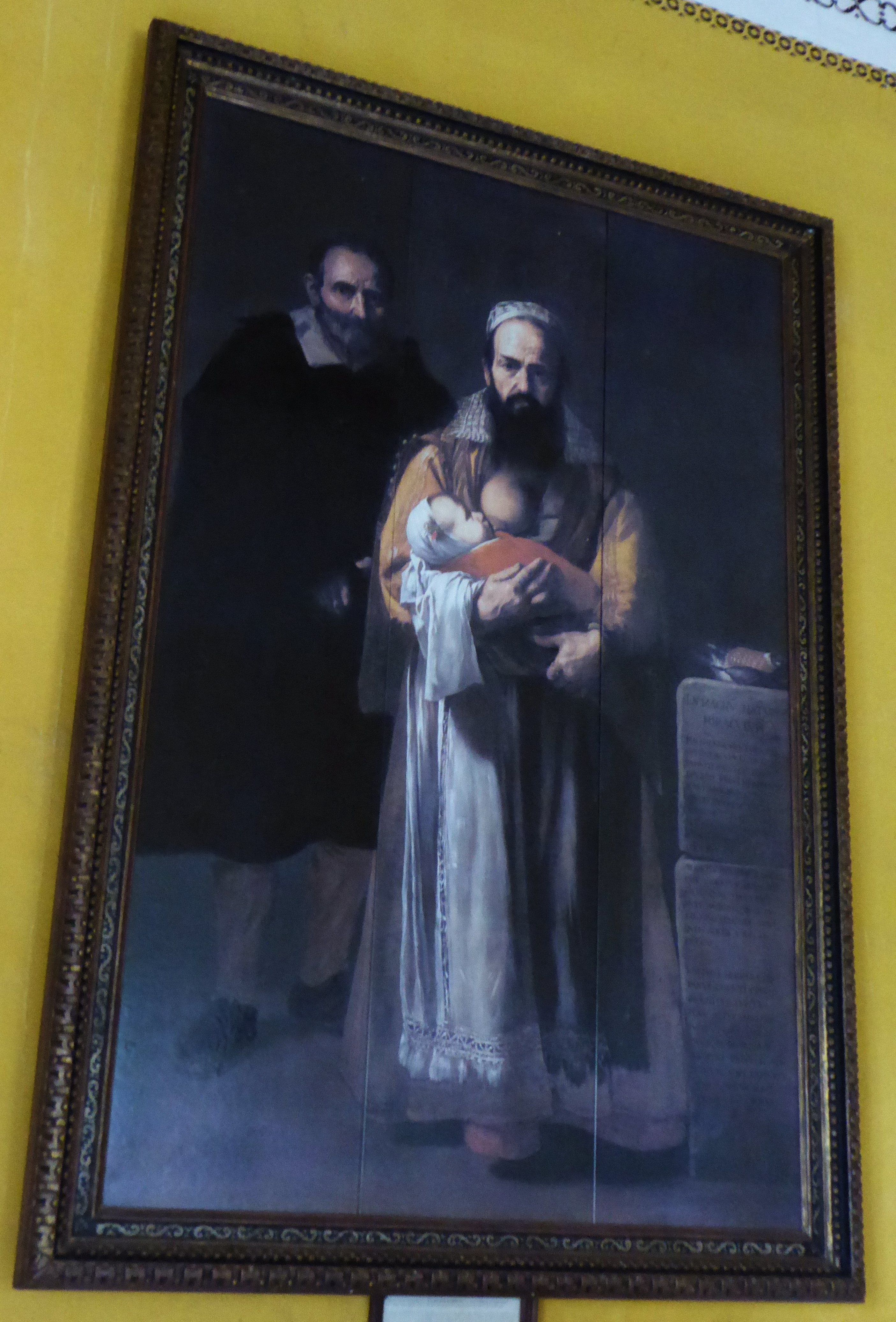Description
"The Bearded Lady (Magdalena Ventura with her Husband)," painted by José de Ribera in 1631, is a fascinating work that challenges gender norms and the perception of beauty in its time. This painting portrays Magdalena Ventura, a real woman from Abruzzo, Italy, who suffered from hirsutism, a condition that caused abnormal growth of facial hair. What makes this work especially notable is how Ribera represented it.
Ribera not only highlighted Magdalena's masculine features, such as her beard, but also painted her nursing a baby, emphasizing her femininity and motherhood. This duality breaks typical gender stereotypes, showing Ventura in a dignified and respectful way.
Magdalena's husband also appears in the painting, but less prominently, almost as a secondary figure, reversing the typical gender roles in paintings of that era.
A little-known aspect about José de Ribera's "The Bearded Lady" is the possible influence of literature and popular culture on its creation. In the 17th century, fairs and "curiosity" shows were very popular in Europe. These events often showcased people with unusual physical characteristics, such as Magdalena Ventura's hirsutism. Ribera may have been inspired by this cultural phenomenon to paint Ventura, using his image to explore themes of identity and otherness.
Another possibility is that Ribera sought to explore ideas of nature versus culture. By showing Magdalena breastfeeding a baby, Ribera not only emphasizes her femininity, but also raises questions about the "natural" nature of gender and the social expectations around it.
Additionally, at the time, images of people with unusual features often had an exploitative or mocking tone. However, Ribera treated Magdalena Ventura with dignity and respect in his work, something that was quite unusual and progressive for his time.
These aspects show how Ribera used this painting not only as a portrait, but also as a way to participate in the cultural and social debates of his time.
This work is an early example of how art can question and explore social and gender norms. Ribera, with this painting, not only documented an unusual medical condition, but also offered a profound reflection on identity, beauty and humanity.




